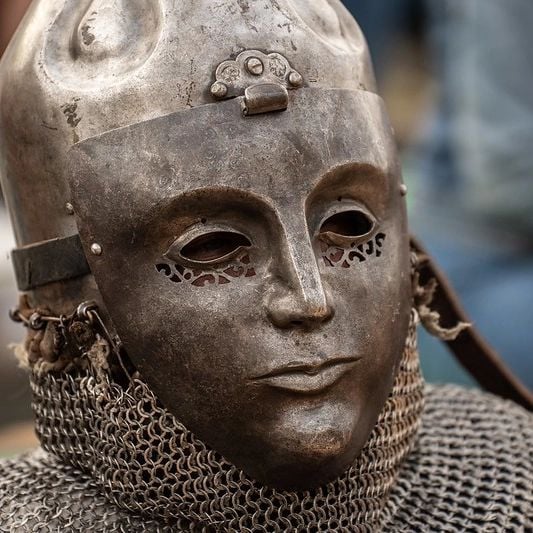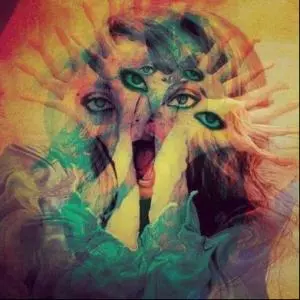is it a formatting step that an image goes through when uploaded? I’m tired of converting image after image back into jpg, so if there’s like a step I can take to avoid it being a webp, it would help to know
I thought webp was just a container format?
No, it’s an image compression format derived from the VP8 codec.
it got shoved down our faces
I hate when a new, efficient, fast image format is used by viscous developers to make their evil website load faster and use less bandwidth
GRRRR
Yes, JpegXL would’ve been even better, but WebP is good too.
I still hoping JpegXL will get some traction. The fact that it was removed from Chrome looks bad but they’ll most likely add it again if it does. It’s by far the best of all of them.
If something doesn’t support webp you should really be converting it to png not jpg so it doesn’t get more degraded
Isn’t jpg more efficient for pictures, whereas png is better for graphics type elements with defined colors and edges?
Jpg is lossy and throws away information every time it is used, that’s why you get the “deep fried effect” when you re-encode something repeatedly. PNG is lossless so it’s a perfect replica of whatever image you encode with it. It does take up more space however.
Minor niggle: the ‘deep fried effect’ isn’t because jpg throws away information every time, it’s because the compression algorithm averages pixel boundaries, and that averaging multiplies with each compression pass.
It can actually bloat the size of the file by adding information – adding data to previously null pixels, whereas png would keep them clean.
e: it achieves this through pixel averaging (fuzzing), which is why you’ll see grey artefacts bleeding into the pixels around line art. This is magnified with each compression.
You’re conflating “data” with “information”.
Repeated re-encoding loses information. “The compression algorithm averages pixel boundaries” is a perfect example of losing information.
That it sometimes results in more bits of data is a separate phenomenon altogether.





